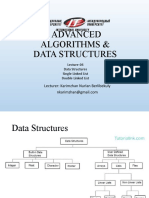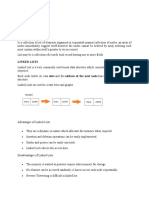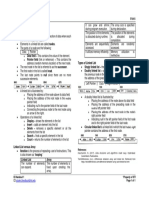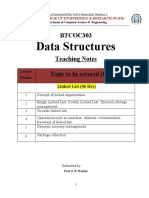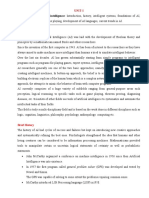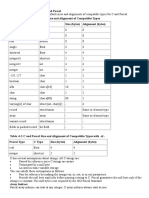0% found this document useful (0 votes)
119 views12 pagesWeek1-Linked List
A linked list is a data structure where each element, called a node, contains data and a pointer to the next node. This allows dynamic memory allocation and easy insertion/deletion without shifting entries. The document discusses the motivation for linked lists by comparing to arrays, describes the components of nodes, and provides an implementation of a Node class to represent the nodes in a linked list.
Uploaded by
lindytindylindtCopyright
© © All Rights Reserved
We take content rights seriously. If you suspect this is your content, claim it here.
Available Formats
Download as PDF, TXT or read online on Scribd
0% found this document useful (0 votes)
119 views12 pagesWeek1-Linked List
A linked list is a data structure where each element, called a node, contains data and a pointer to the next node. This allows dynamic memory allocation and easy insertion/deletion without shifting entries. The document discusses the motivation for linked lists by comparing to arrays, describes the components of nodes, and provides an implementation of a Node class to represent the nodes in a linked list.
Uploaded by
lindytindylindtCopyright
© © All Rights Reserved
We take content rights seriously. If you suspect this is your content, claim it here.
Available Formats
Download as PDF, TXT or read online on Scribd
/ 12


